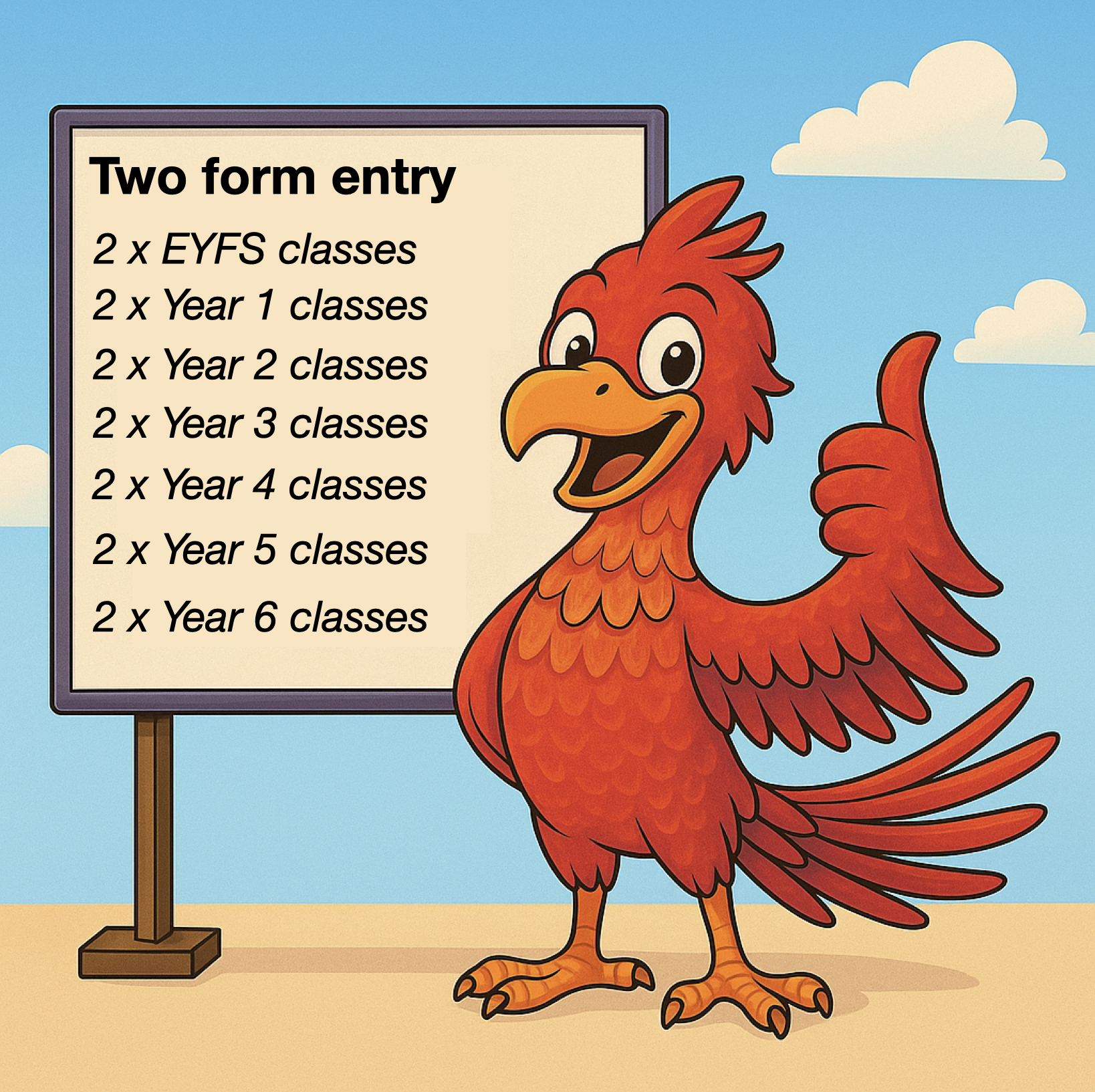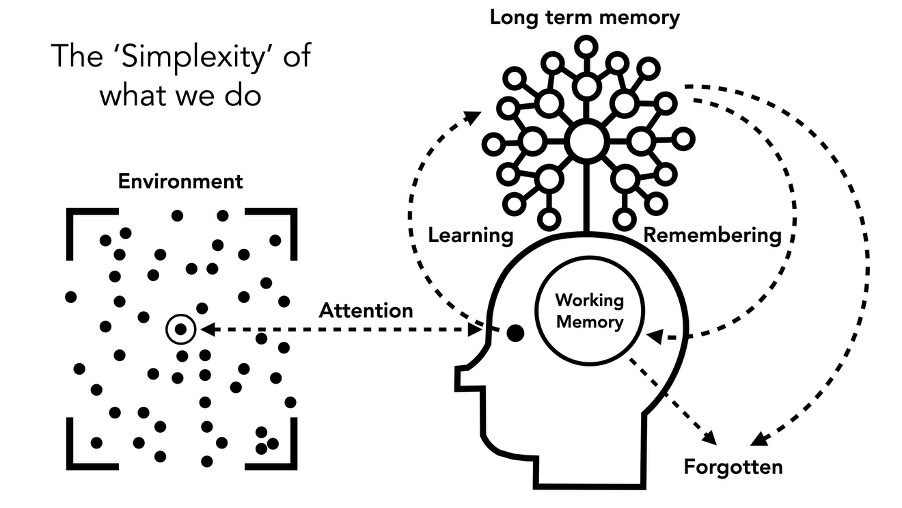Class Structure
 St Bart's has 14 classes, each named after a bird. There are 2 classes within each year group; teaching teams work collaboratively to ensure where possible, children, regardless of class, receive an equitable educational and pastoral offer.
St Bart's has 14 classes, each named after a bird. There are 2 classes within each year group; teaching teams work collaboratively to ensure where possible, children, regardless of class, receive an equitable educational and pastoral offer.
Structuring Classes each Academic Year
Structuring classes for the academic year is a process we approach with great care, always aiming to ensure that every child feels secure, supported and inspired to learn. To give you a sense of the complexity involved: in a year group of 60 children, there are 1,770 possible paired relationships.
Creating balanced, supportive and effective classes is a responsibility we take very seriously. To achieve this, we consider a wide range of factors, including:
Academic Considerations
Staff carefully consider each child’s learning profile to ensure they are placed in an environment where they can thrive. Balancing the groupings can ensure that children benefit from learning alongside peers with different strengths and perspectives. Our aim is to strike a healthy balance—creating classrooms where children can both be supported and challenged, and where they can learn from one another.
Friendships and Social Dynamics
We understand how important friendships are to children’s wellbeing and confidence. We aim to ensure that every child has at least one familiar peer in their new class, while also encouraging new connections and social growth.
At the same time, we are mindful that some friendship groupings may not always be conducive to positive learning behaviours. Where necessary, we take steps to ensure that class dynamics support every child’s ability to focus, participate and flourish.
Parental Requests
On occasions, we receive specific requests from parents and carers, and we do our best to accommodate these wherever possible. While we cannot guarantee every request can be met, we always consider them carefully as part of the wider picture.
Grounded in Our Learning Model

![]() Our approach is also guided by our school’s learning model, The Simplexity of What We Do. This model highlights the importance of attention, working memory and long-term memory in the learning process. By creating class environments that support focus, emotional safety, and meaningful peer interaction, we aim to help every child succeed—not just academically, but as confident, curious learners for life.
Our approach is also guided by our school’s learning model, The Simplexity of What We Do. This model highlights the importance of attention, working memory and long-term memory in the learning process. By creating class environments that support focus, emotional safety, and meaningful peer interaction, we aim to help every child succeed—not just academically, but as confident, curious learners for life.
A Dynamic and Professional Process
It’s important to note that this is a dynamic process. In some year groups, class structures may remain unchanged, while in others, we may make adjustments. These decisions are based on the professional judgement of our staff, who know the children well and are committed to ensuring the best possible outcomes for all.
This is a complex and thoughtful process, and we ask for your trust as we work to make the best decisions for all children. If you have any concerns or worries, please speak directly to your child’s class teacher.
Equally, we are always happy to receive respectful challenge if you feel that your child has been wrongly placed—we are here to listen and work together.
